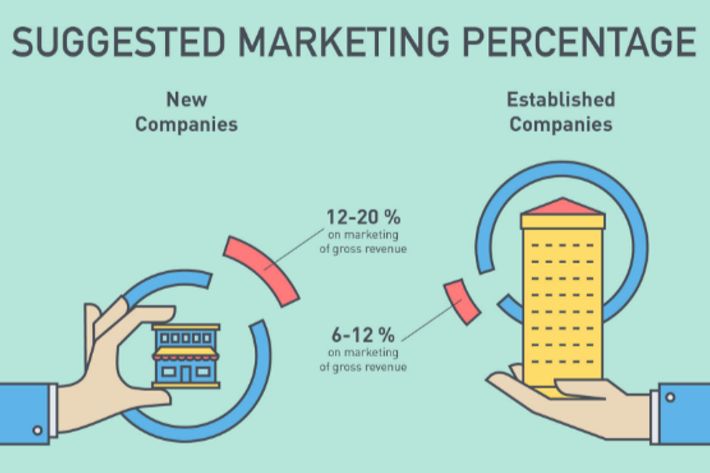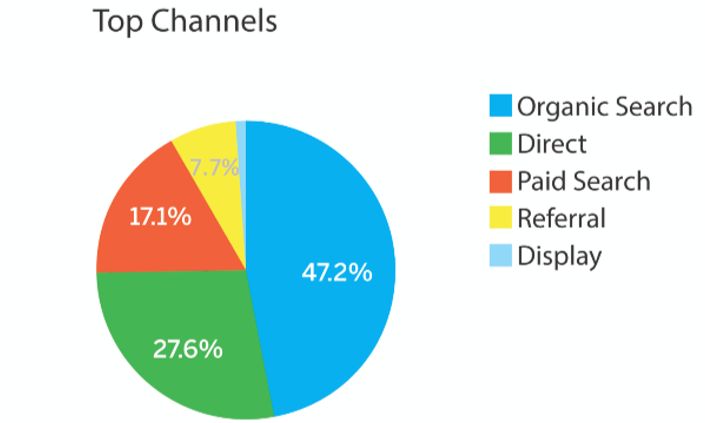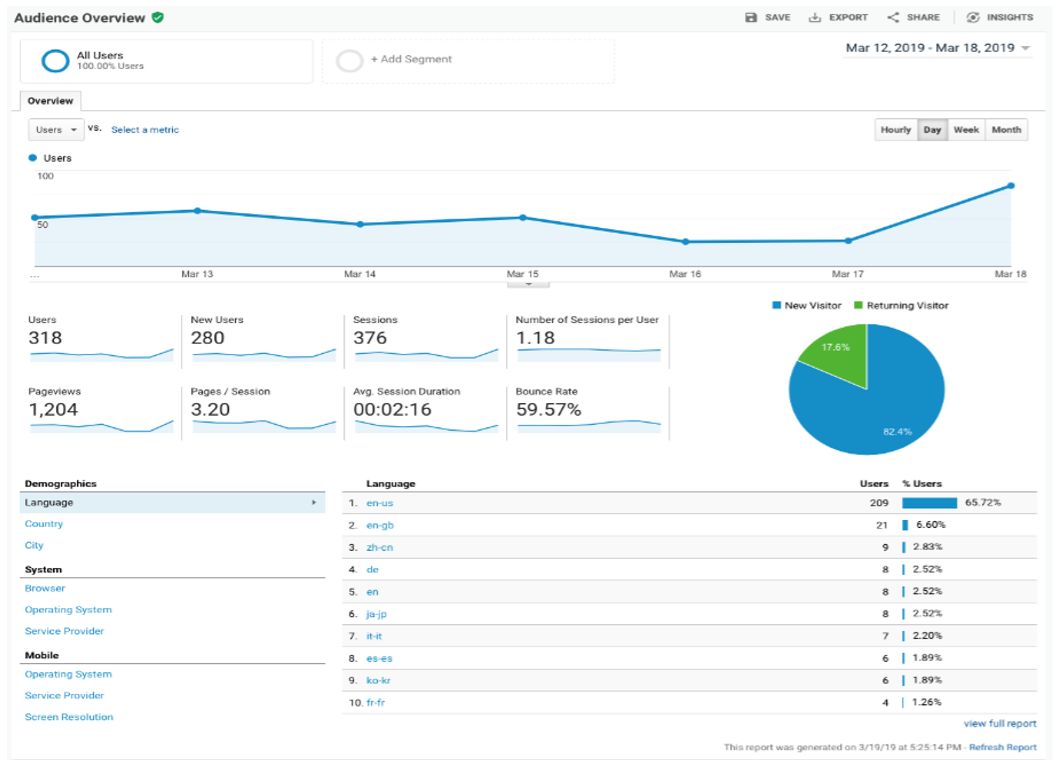Aug. 17, 2020
Today's digital tools dominate our marketing programs; however, the principles of marketing remain the same. Think of marketing like a fishing trip. The
more you know about your market, the easier it is
to make the catch. Answer these questions: Where
do your prospects swim (geography), what are the
right vehicles to reach them (media), what lures should you use (promotion and creativity), what are their habits
(commonalities)?
Find Your Fishing Hole
First of all, decide where you're going to go fishing for customers. Target your market by grouping customers with similar characteristics. Define
and chart market commonalities by demographic
and socioeconomic segmentation (gender, age, income, occupation, education, household size, stage
in the family life cycle), psychographic segmentation (similar attitudes, values, lifestyles), and behavioral segmentation (degree of loyalty, emotional
purchase, planned purchase).

Market segmentation
Why should customers bite? Define your unique
selling proposition. What separates you from the
competition? Is it price, service, branding, added
value, new or created perception? What markets
do your prospects service? How can you help them
with their fishing? A successful marketing strategy
means finding the right combination of vehicles to
communicate your value proposition. How to get the
word out? There are many promotional alternatives
to consider: unique website, blogs, email, social media, direct mail, print and/or electronic advertising, PR, seminars, trade shows, highway signs, networking, sandwich boards, radio, and TV.
Monitor your competition. Where do they promote? What are their value propositions? Your customer profiles, demographics, the media's audience,
and costs will help decide which combinations of marketing tools will be most efficient. Create a strategy,
write a plan, and map out the trip. You need to
set objectives, goals, and a budget, and decide what
kind of support you need to make the trip successful. Use your experience and analytics to improve
your marketing strategy, refresh your bait, smooth
out the rough waters, and go fishing again.
Marketing planning, whether you're a new or existing company, starts with a self-analysis, a review of
your business model, and most importantly, setting
objectives and goals. Start with a standard SWOT
analysis. Determine and evaluate the Strengths,
Weaknesses, Opportunities, and Threats involved in
your business.
- Define your strengths and capitalize on
them: Reputation (brand), marketing, manufacturing, technical capability, integrity, experience, etc. Your reputation versus market
perception.
- Improve upon weaknesses: Focus on prominent weaknesses and what weaknesses the market perceives.
- Exploit and benefit from each opportunity:
List ways in which to take advantage of opportunities.
- Mitigate any threats: Is it your competition,
politics, manufacturing capabilities, change in
technology, trained employees, shifting market
needs?

SWOT analysis
The objective is to use the information from a
SWOT analysis to help focus and optimize marketing and sales resources and potentially internal resources. The goal is to increase sales in areas that
offer the best potential for growth and profit, while
maintaining sales and/or clients across a variety of
existing products and services.
Define your business goals. First, focus on three
measurable benchmarks to achieve in the next six to
12 months. Then, name the single most critical activity you must do consistently to achieve each goal.
For each goal, identify the critical activity, information, or skill set that will ensure your ability to reach
your goal. A few customer goal and objective categories might include: attract new customers, sell
more to existing customers, expand product lines and/or services, increase brand awareness and reputation,
increase website or store traffic, and go public.
Budget the Fishing Trip
Conceptually, marketing should be a profit center,
not a cost of doing business or overhead. As a general rule, small businesses with revenues less than $5
million should allocate 7% to 8% of their revenues to marketing, if you want to grow your business more aggressively. Otherwise, 5% would be adequate. Larger
companies should allocate 6% to 12%. A startup business
in the early brand building years should budget between 12% and 20%, which could be related to projected
sales.

Marketing budget
Split your budget between a) brand development costs (which include all the channels you use
to promote your brand such as your website, blogs,
seminars, sales collateral material), and b) marketing your business (sales promotion, advertising,
public relations, events, and trade shows).
The above percentages assume you have margins
in the range of 10% to 12% (after you've covered
your other expenses, including marketing). Allocations also depend on the business you're in, the size
of it, and its growth stage. A useful guideline is the
80/20 rule. Invest 80% of your advertising budget
and effort in proven promotions and 20% in testing
new variations.
Choose the Right Bait
An effective digital marketing strategy should include
some mix of the following digital marketing alternatives:
- Email marketing: Electronic communications
to your market, via the Internet.
- Database marketing: Using files in a
database to communicate to a specific audience.
- Pay-per-click advertising (PPC ads):
Sponsored advertisements that appear on
search engines, that you pay the price for each
time a prospect clicks on it to get to your website.
- Social media: Branding and marketing
through posting relevant information and connecting with your market on such outlets as
LinkedIn, Facebook, Twitter, Instagram, and
more.
- Website: The electronic doorway to your business on the Internet.
Website Design
There are many things to consider in designing a
great promotional website. Important considerations
include:
- Search engine optimization (SEO): Optimizing your website, so it attracts the optimum
amount of prospects seeking information on a
product or service from Google or other search
engines.
- Keywords: Words used on your website to
attract prospects searching for products or services on a search engine like Google.
- Meta tags: Title embedded in a website page
that will attract Internet search engines seeking
information on that subject, product, or service.
- Market segmentation: Communicating your
value proposition to specific market profiles so
that your message is more audience appropriate and targeted.
- Google analytics: Used to track
the website activity of its visitors and to profile
them.
- Cross-linking: Offering links with supporting information on pages within your website
as well as linking to other informational websites increases site stickiness (prolonging visitor
time), viability, and exposure.
- Ranking: The position that your website is
listed in Google or other search engines when
a user searches for information.
- Click through rate: The percentage of people visiting a web page who access a hypertext
link to a particular advertisement.
- Bounce rate: The percentage of visits in
which a person leaves your website from the
landing page without browsing any further.
- Dashboard: An information management tool
for your website that visually tracks, analyzes,
and displays critical performance indicators,
metrics, and key data points to monitor the
health of a business. They are customizable to
meet specific needs.
- Organic search and direct traffic: Organic search to your website consists of visits from
search engines, while direct traffic is made up
of visits from people entering your company
URL into their browser.
Website optimization is vital. You'll need to have
searchable keywords on every page, as well as meta
tags (search engines look for meta tags), to help with your rankings. Use cross-linking info from
page to page on your site as well as links to other
relevant sites. Have submissions to Google and other
popular search engines in place and set up a Google Analytics Dashboard. Keep the site relevant, succinct, visually exciting, and
most importantly, easy to navigate, and you want to
make it seamless for your prospects to find information. Generally, websites should be updated regularly
and given a face-lift every few years.
Social Media
Use social media for branding and communicating with your prospects as frequently as possible
and to build traffic to your website. Pick social media choices that match your prospect's characteristics and profiles. Although there is some cross over,
LinkedIn is primarily used for business-to-business
communications, whereas Facebook is mainly used
for consumer engagement. YouTube is an American
video-sharing website where you can post videos that
entertain, inform, teach, and instruct. Videos are an
effective tool for your website as well. For quick,
short communications, use Twitter (limit 280 characters)
and Instagram, which allows users to edit and upload photos and short videos through a mobile app
owned by Facebook. It is the leading social media
application today.

Google Analytics is the report card of your digital marketing program's performance. Google Analytics is the most widely used system for tracking
website visitors and data characteristics about their
behavior. It is the who, what, why, and when of your marketing program. In its most sophisticated form, it can
provide customer segmentation, conversion rates,
track sales activity, and more. Every site should
have a Google visitor dashboard setup. It will track visitor activity and is an invaluable tool for qualifying your
marketing program. A new post on social media, an
email blast newsletter, or other event can generate
visitors to your website.
Top Channels
A top channels chart visualizes where and how
your prospects or visitors found you. For instance,
the chart below shows almost 50% coming from organic search. Organic search is when a visitor searches with a
keyword or phrase in Google, and clicks on a listing on the Google results page. Direct traffic is visitors who already know who you are and have your web address and type it in: most likely customers
or frequent visitors. Paid search is from visitors who
come to the site by clicking on a search term ad campaign your company purchased. A referral comes from another
website that has your link on it, like a business organization or buyers' guide. The display section shows the
results of online display advertising your company purchased.

Top channels
This information tells you whether your SEO is
working, or how much value you're getting from PPC
ads or direct. An example goal for direct would be increasing sales from existing customers or fundraising
for a college alumni association.
Audience View
An invaluable sky view of visitor characteristics that
charts new and returning visitors, how many page
views occurred, session duration and bounce rates,
as well as what countries visitors are from.

Google Analytics
In summary,
- Profile your customers and prospects.
- Find the right vehicles to take you to them.
- Define your value proposition.
- Develop focused messaging and branding.
- Write a plan with clear objectives and goals.
- Execute your plan, review, and adjust.
- Keep in touch. Keep track.
- Plan your next trip.
Remember, take these eight steps, and then use
the appropriate tools to help make your digital marketing plan successful.
Good fishing!
About the Author
Mike Rosen is the owner manager of Tackle Box Marketing Communications, a multidisciplinary branding and advertising consulting business that customizes its resources and uses the latest marketing tools to fit the specific objectives
and needs of its clients. A former vice president and board member of a prestigious Madison Avenue advertising agency, Mike's work in advertising and digital marketing has received numerous awards
and recognition from such organizations as the New York Advertising Club, Clio's, NY Business Professional Advertising Association, and others. Mike is a former board member of the Long Island Advertising Club and has served as a committee adviser or guest lecturer at various colleges and universities in New York and Tennessee,
including Briarcliff College, Stony Brook University, Farmingdale University, and Cumberland University.